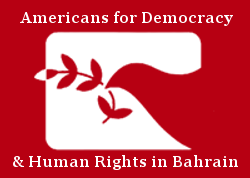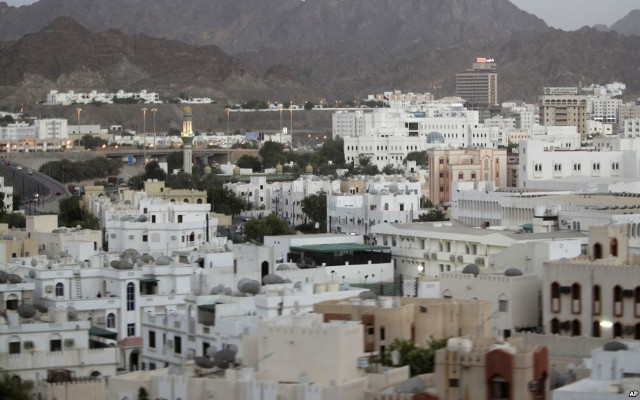Recently, several Indian migrant workers were rescued after having spent months in Buraimi, a small border town in Oman. The women were promised jobs as beauticians in the United Arab Emirates (UAE), but upon arrival in Dubai, they were taken to a house and kept by their traffickers for weeks before they were transported across the Omani border to Buraimi. Upon settling in Buraimi, their traffickers forced them to work long hours with very low salaries. The rescued women reported meeting and seeing dozens of other women who endured the same plight as they did. The lax border control between Oman and the UAE actively contributed to the women, along with thousands of others, being trafficked.
The porous border between Oman and the UAE is well documented, and is a large contributor to human trafficking in the region. The border is especially weak between Al Ain, UAE and Buraimi, Oman. While there are cases of victims being trafficked from Oman to the UAE, it is much more common for victims to enter Oman from the UAE. Most of these victims are migrant workers who have willingly entered the UAE with the hopes of gaining employment and sending remittances back to their families in their home countries. However, upon arrival in the UAE, thousands of migrants find themselves duped by their recruitment agencies, and are forced to go to Oman for employment. Once in Oman, they will become illegal residents of the country, opening them up to criminal prosecution as they will generally not have access to their passports or other identity documents. Additionally, none of those who are trafficked will have proper, legal work visas.
Last week, a social worker and the Indian embassy rescued another woman, Monica, who was trafficked from the UAE into Oman. Like the other women, Monica was originally brought to the UAE for work; however, upon arrival her employers said that she was in the wrong place. They then took her passport, tortured her, and forced her to travel to Oman against her will after they sold her for OMR500 ($1300USD).
Traffickers usually aim to transport workers from the UAE to Oman, as Oman is a more profitable market for trafficked labor. It is difficult for migrant workers to travel directly Oman, especially housemaids, as source countries and the Omani government has put in place bans on foreign labor. For example, Indonesia and Malawi have banned their own citizens from obtaining domestic worker visas to the Gulf country. However, the Omani government has placed its own bans prohibiting workers originating from some countries and work sectors.
In 2013, Oman placed a temporary worker ban on migrants working as carpenters, metallurgists, blacksmiths, construction workers, and brick kiln workers. Presently, this ban is still in effect as it has consistently been reinstated every six months. A temporary visa ban affecting camel breeders, sales marketers, and cleaners, among others, entered into force on 1 June 2016. On 31 January 2016, the Government of Oman also banned domestic workers from Ethiopia, Kenya, Guinea, Cameroon, and Senegal from obtaining work visas. A senior Royal Omani Police (ROP) official, Maj Rashid al Abri, stated one of the reasons behind the bans is that “domestic workers from these countries get involved in certain crimes. We need to stop this practice.” However, many of the “crimes” these migrants commit are related to their status as human trafficking victims. For example, absconding usually occurs after a migrant is abused by his or her employer; however, absconding is illegal and a criminal offense in both the UAE and Oman.
This porous border is particularly troubling as the number of labor violations in Buraimi have historically been high, especially in comparison to the rest of Oman. According to Oman’s Ministry of Manpower (MoM), authorities recently arrested 101 individuals for labor violations in Buraimi alone. The MoM stated that 58 of these workers were arrested for violating the labor law; 28 had absconded from their employers, and 30 were classified as retrenched workers who had not properly followed procedures to gain new employment or leave the country. Arrests for these crimes in Oman is commonplace. Between 15 and 21 June 2014, authorities arrested 714 workers for violations, 169 for absconding alone. However, Omani officials should view these violations as indicators of human trafficking, not as labor violations.
In Oman, the sweeping bans on foreign labor, coupled with lax border control, creates an environment in which human trafficking thrives. If the bans are to remain in effect, the Omani government must more acutely patrol its borders and ensure that human trafficking victims are properly identified, not criminalized.
Brittany Hamzy is an Advocacy Fellow at ADHRB.





